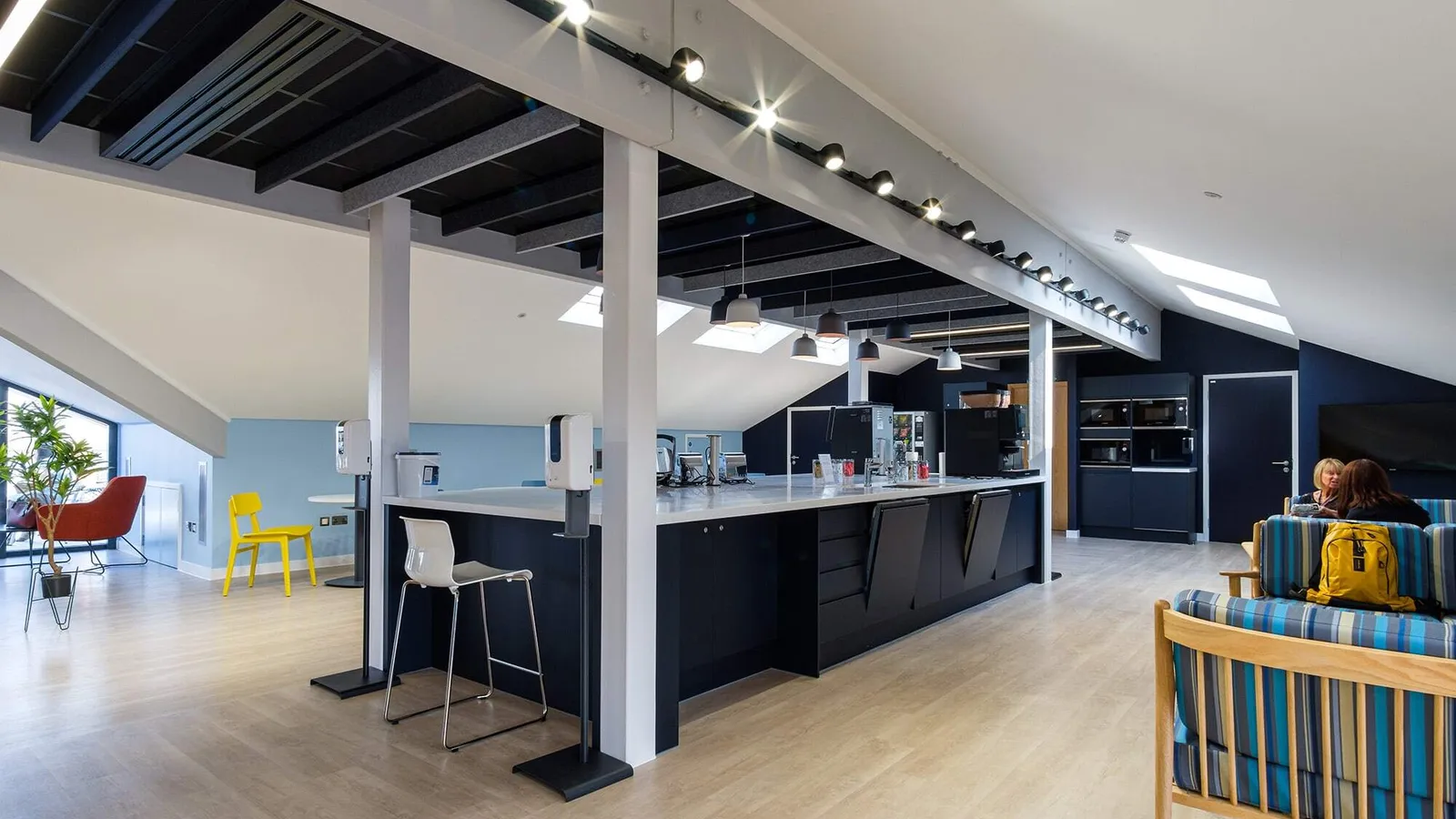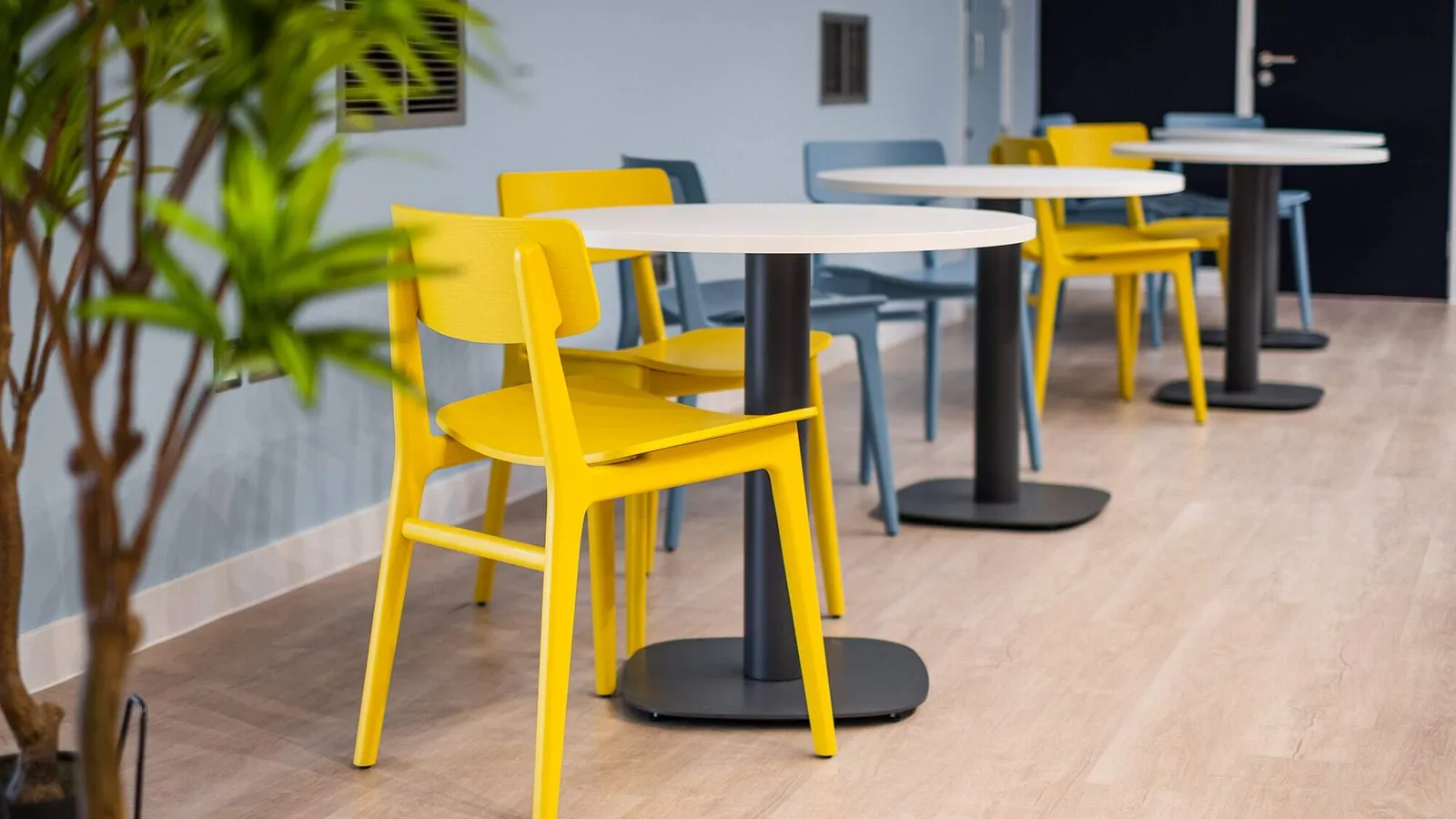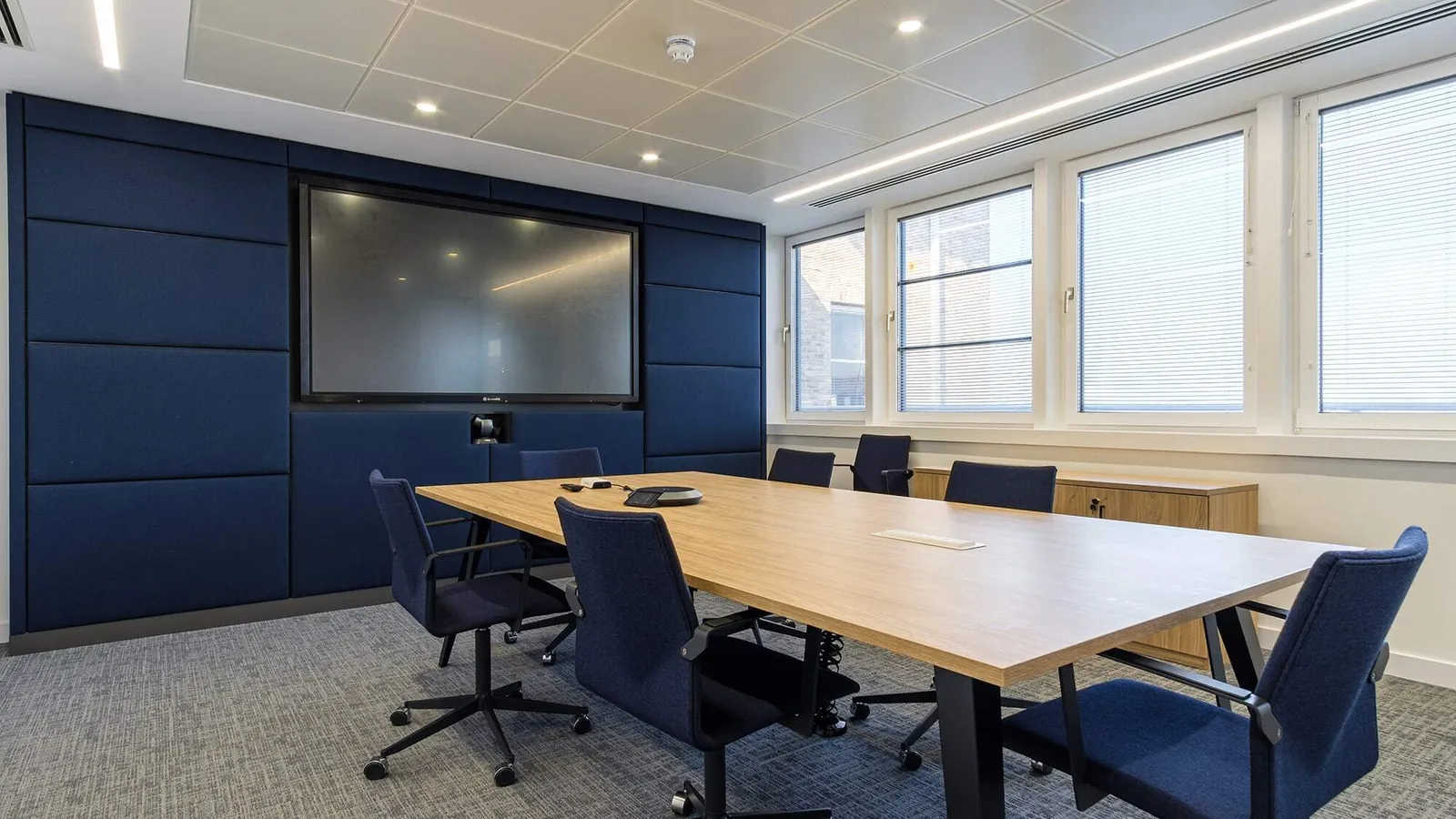The Port of London Authority
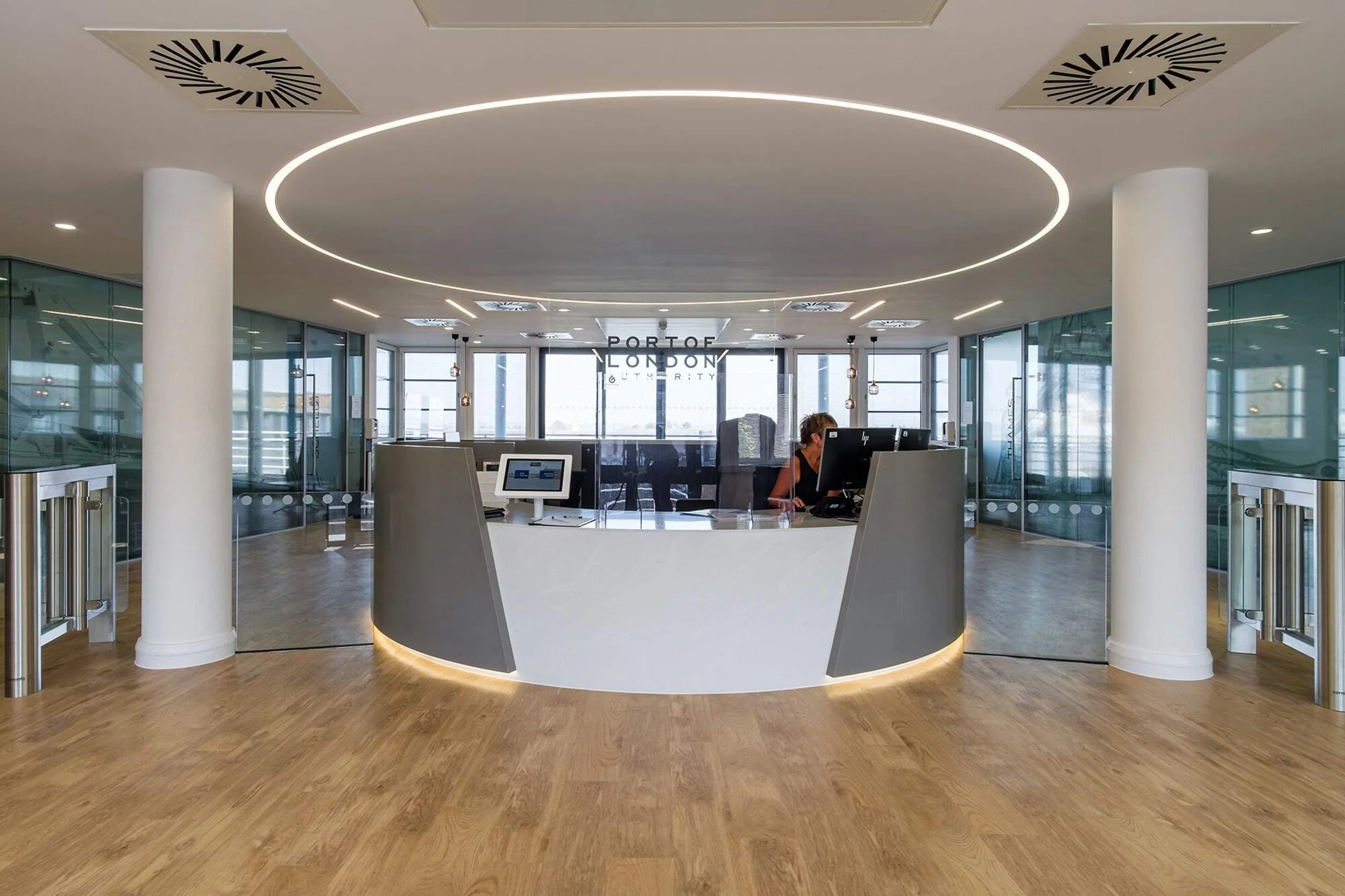
The Port of London Authority (PLA) is a self-funding public trust who work to keep commercial and leisure users safe along 95 miles of the River Thames. London River House has been their Headquarters for many years but had never gone under any significant refurbishment.
Client
The Port of London Authority
Services
Workplace Consultancy, Office Design, Construction
Size
20,000 Sq ft
Location
Gravesend, UK
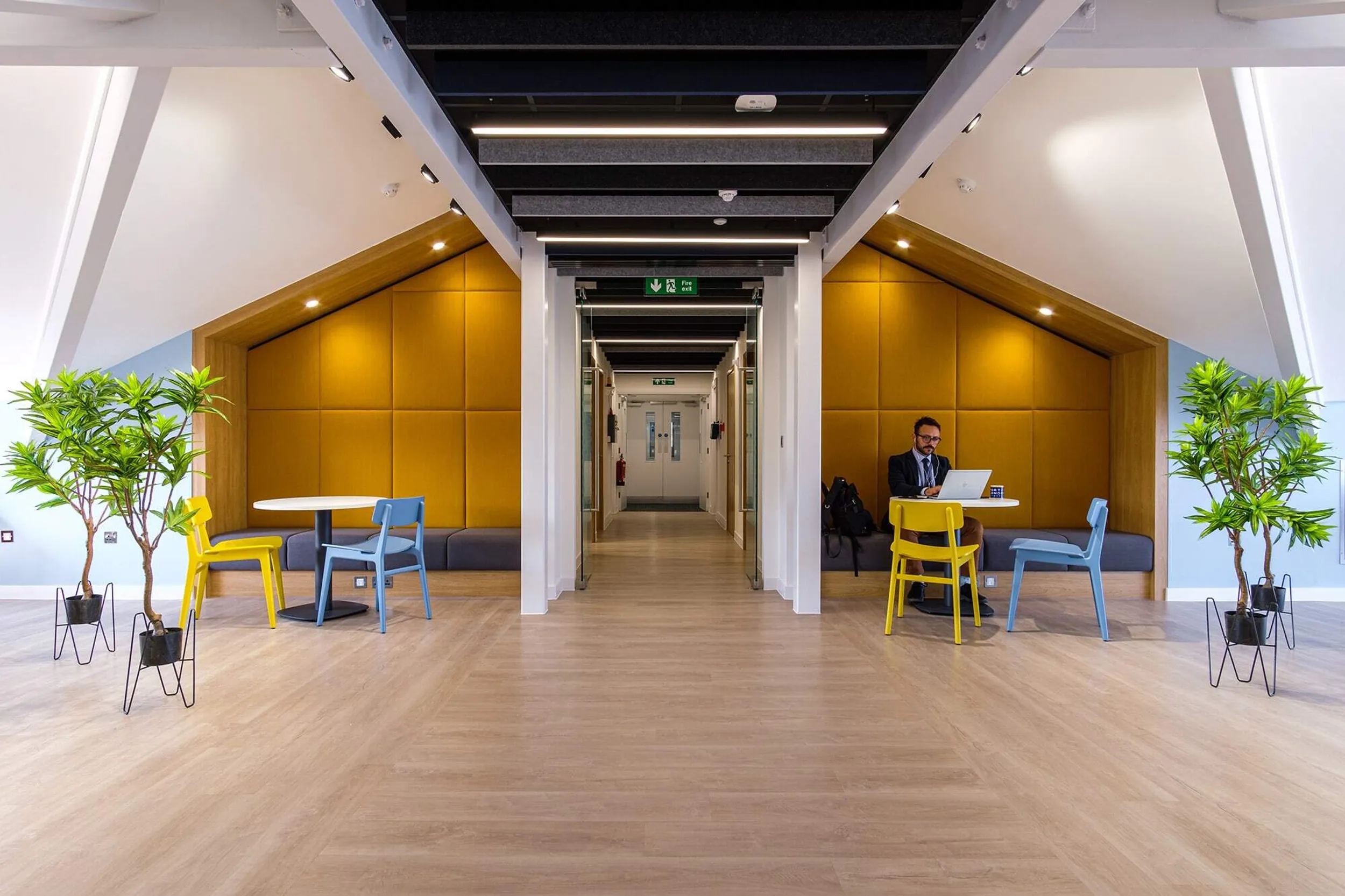
The brief
When the decision was made to update their working environment, Area were given the brief to design and deliver a workspace which supports modern ways of working, while also respecting the heritage of this prestigious organisation. With the building being situated on the River Thames, another part of the brief was to redesign key areas of the scheme to maximise views.
The solution
London River House underwent a massive transformation and the result is a modern and fresh working environment which supports employees to work flexibly. To maximise views over the River Thames, the reception area has been completely redesigned, and a new balcony has been constructed so employees have access to outdoor space.
To provide further flexible working opportunities, the attic, which was previously used for storage, has been converted into a teapoint, breakout and collaboration space, and additional meeting rooms are now available throughout the working floors. The mechanical and electrical systems have been upgraded, and the roof has also been replaced with Photovoltaic panels to utilise energy from the sun.
The building remained in occupation during construction, so the project was delivered in three main phases to ensure there was minimal disruption to central service functions. With construction on site continuing despite the ongoing Covid-19 pandemic, additional strict health and safety protocols were put in place to ensure delivery was in line with Area’s ROSPA Gold rating.
It was essential that the employees at PLA were included in this transition – communication and engagement were key, so sister company 360 Workplace was brought on board to make the transition from old to new, easy for staff. They managed this by creating internal champion teams that were able to bring any issues and ideas to the workshops.
Additionally, 360 spent three days in PLA’s workspace to better understand how the different departments worked together. This process was necessary to ensure that the cultural change was respectful of existing practices, whilst understanding the need for new ways of working practices.
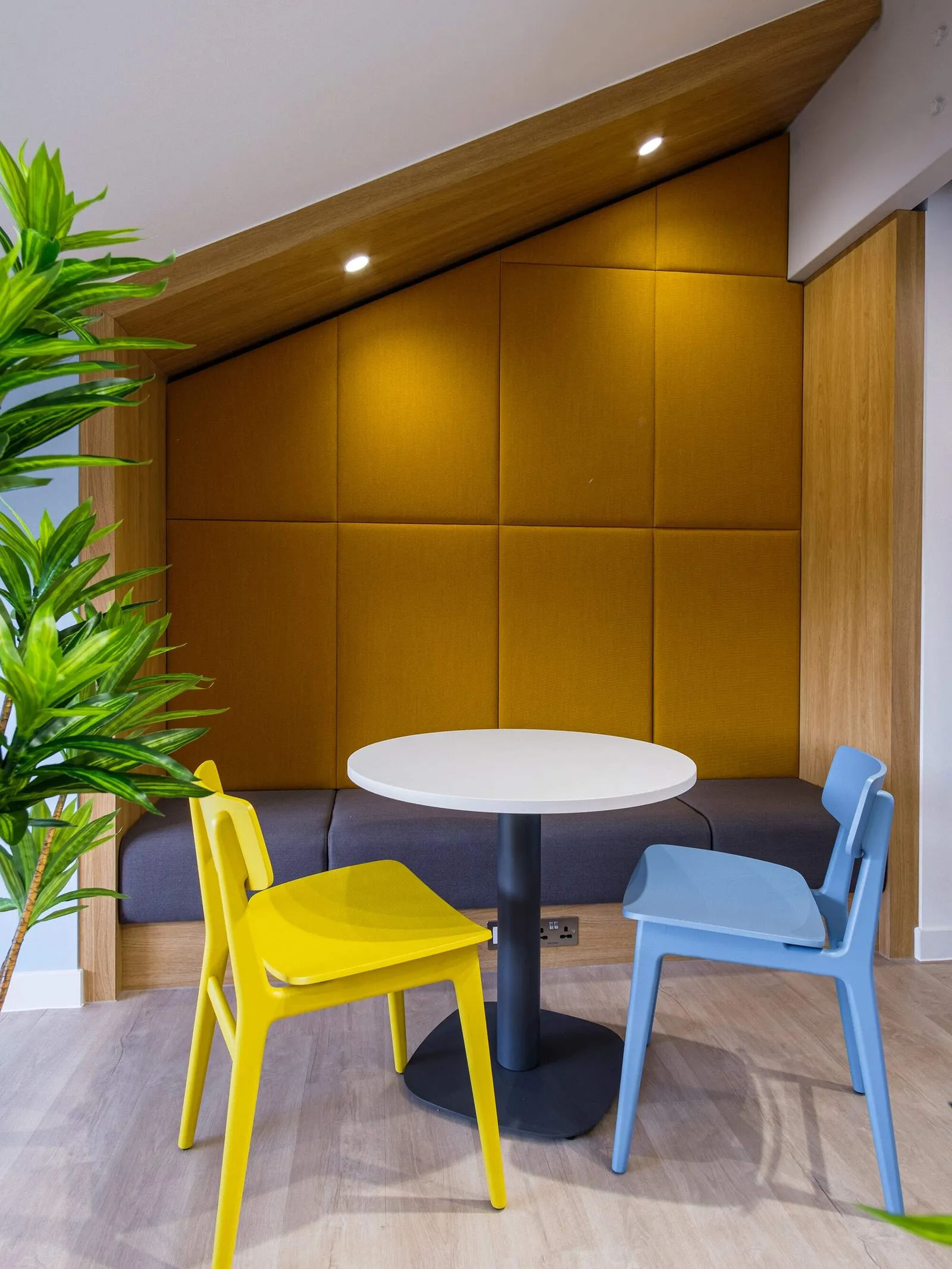
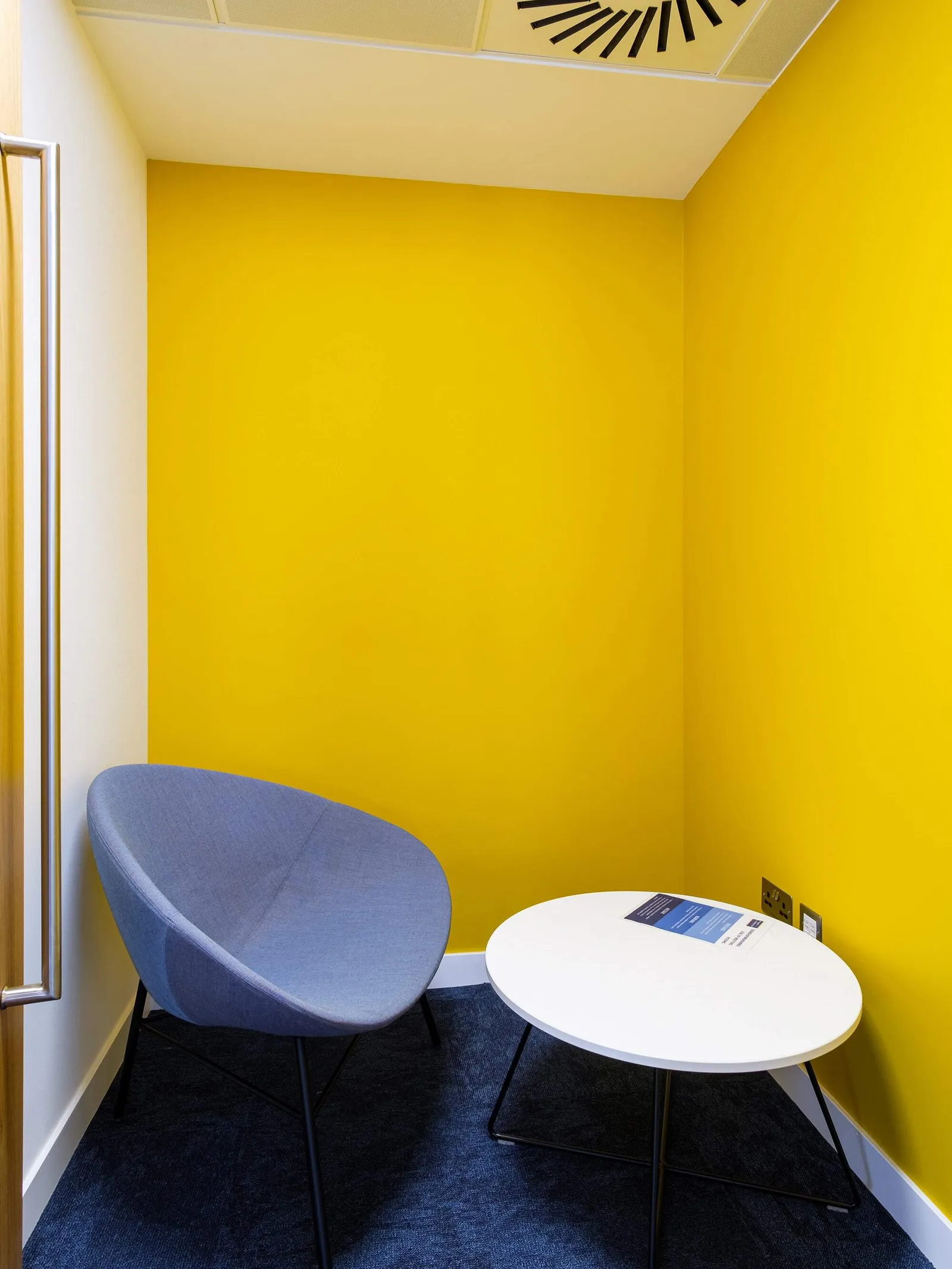
Project insight
Achieving sustainable excellence was a key project objective, and the outcome achieved Ska Gold accreditation from a design perspective, there has been a 60% reduction in energy usage through the implementation of PV, sophisticated LED lighting controls, and the installation of a Mitsubishi Hybrid VRF system that incorporates ventilation with heat recovery. Environmentally sustainable materials were used throughout the scheme, including A+ rated environmentally efficient flooring, FSC joinery and timber, and low-VOC paints.
Furthermore, Water Regulations Advisory Scheme (WRAS)-approved water-efficient components were specified which should reduce water usage by 20%. During the construction phase, 97.2% of waste was diverted from landfill.
